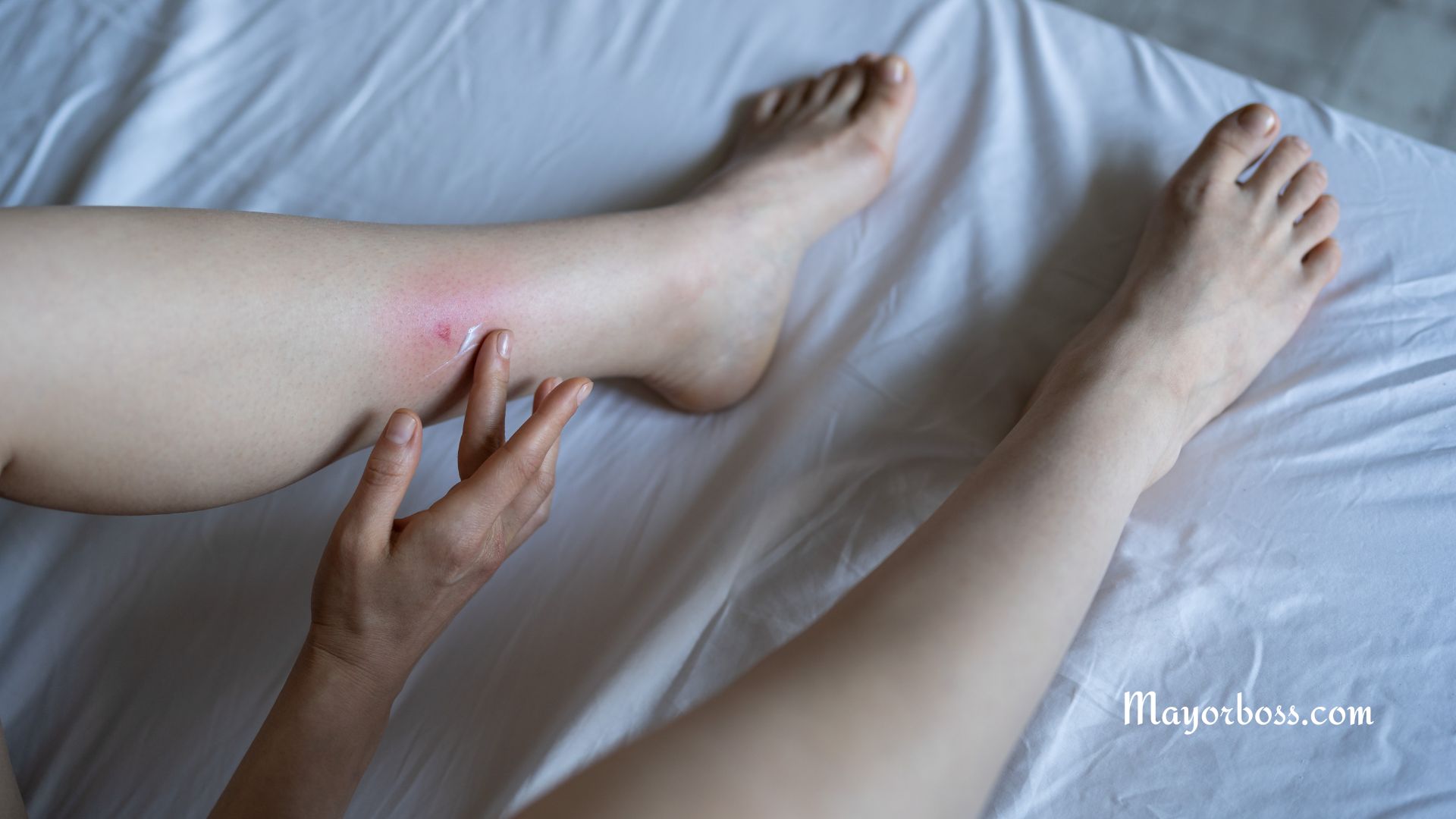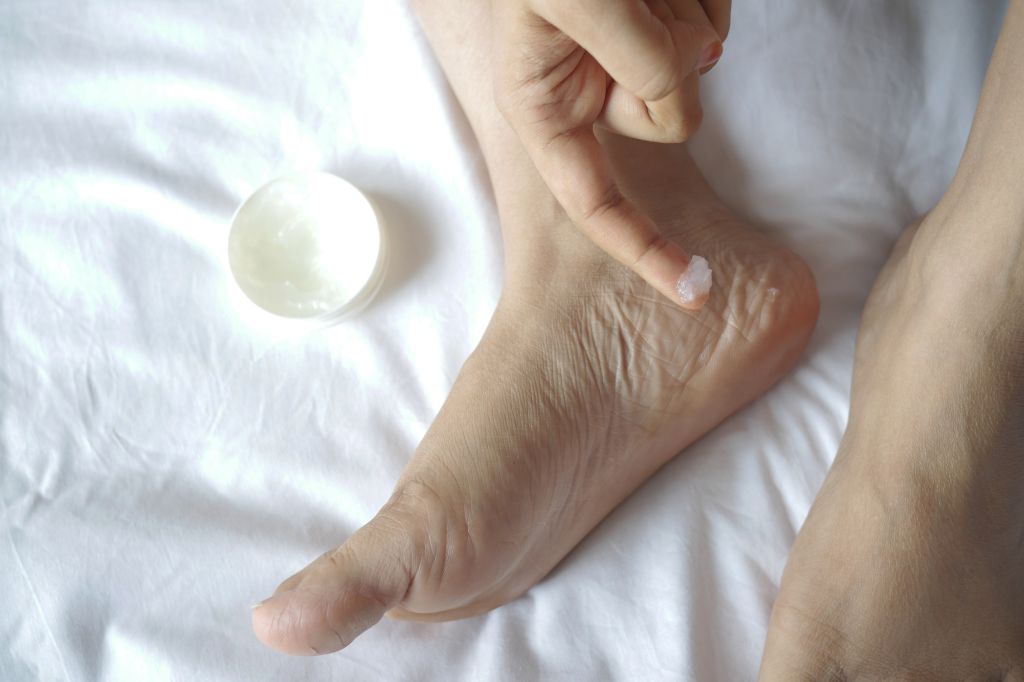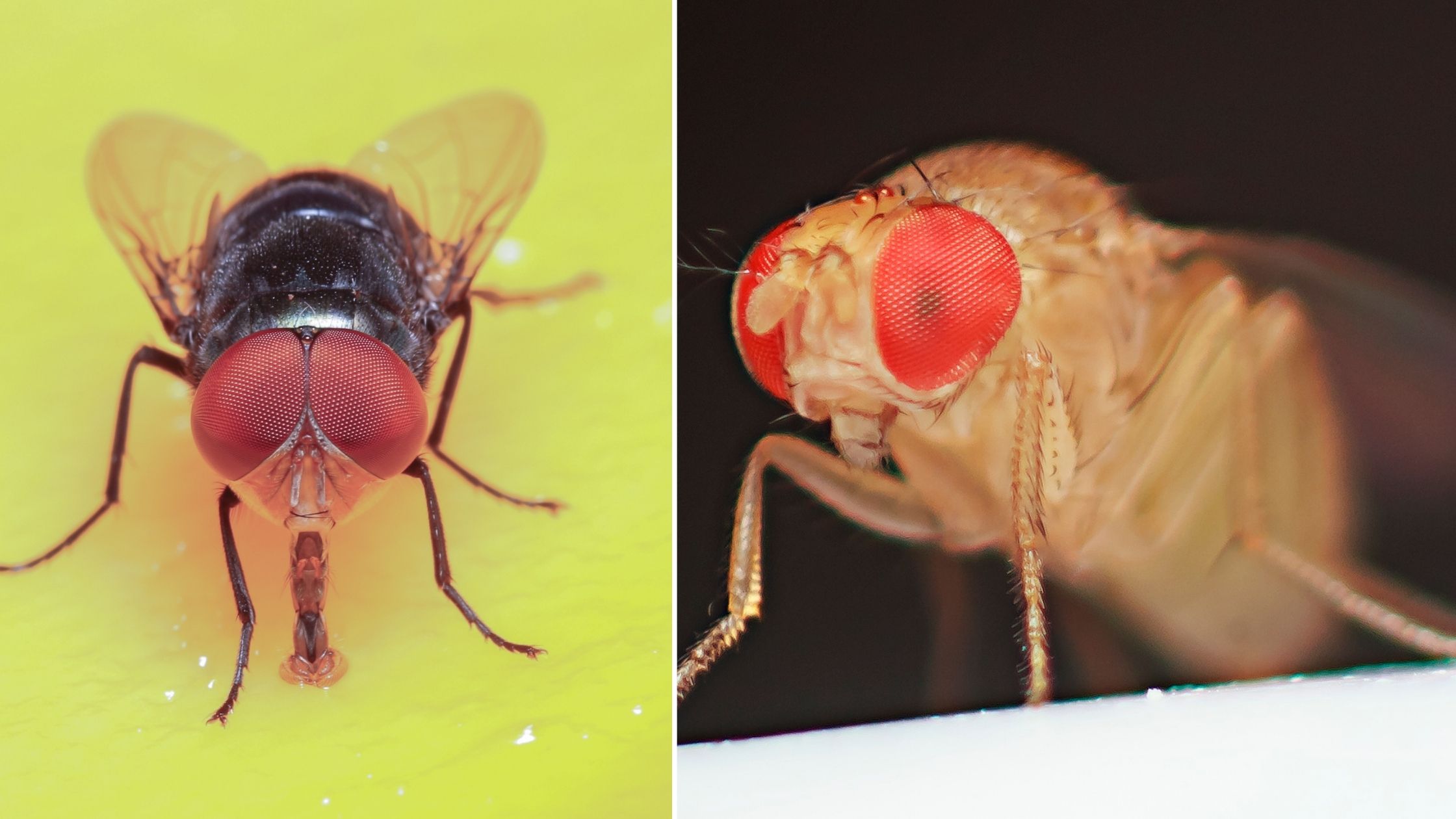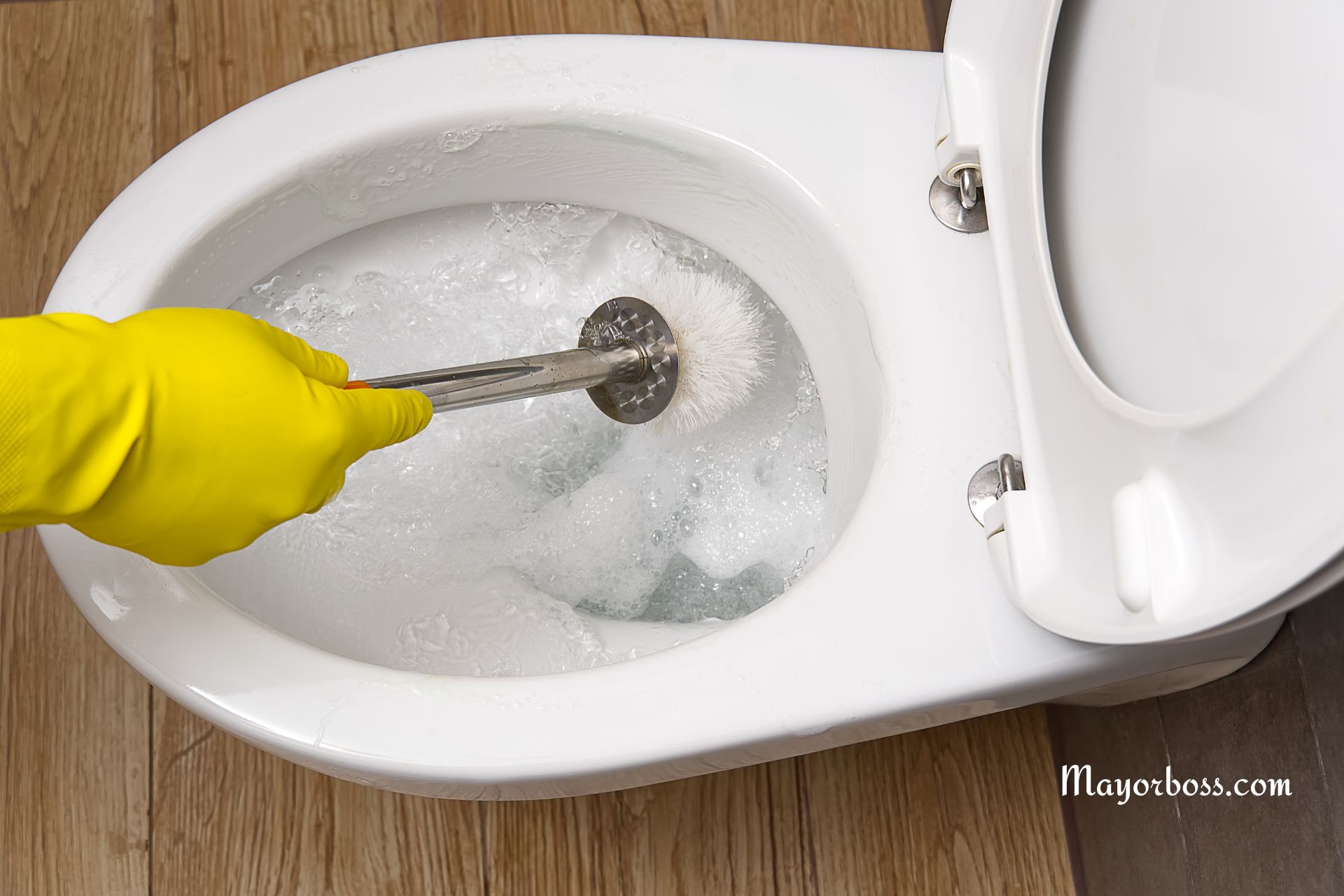What Insects Are Biting You As You Sleep?
You’re lying in bed, cozy under the covers, drifting off into a peaceful sleep, only to wake up itching like crazy. What’s going on? Believe it or not, the culprit might be tiny insects you didn’t even notice. Keep reading to learn which insects could be snacking on you as you sleep and how to keep them at bay.

Bed Bugs Love to Feed While You Sleep
Bed bugs are infamous for biting people during the night. These tiny, flat insects hide in cracks and crevices near your bed during the day and come out to feed on your blood while you sleep. Bed bugs are reddish-brown, and about the size of an apple seed, so they’re pretty hard to spot unless you’re actively looking for them.
Their bites often appear in clusters or a straight line, leaving you with red, itchy welts. But the bites themselves are painless, which is why you might not wake up when they’re feasting on you. They’re crafty creatures, hiding in mattress seams, bed frames, and even behind wallpaper. According to the CDC, bed bugs are not known to spread disease, but their bites can cause discomfort and allergic reactions in some people.
Mosquitoes Can Find Their Way Inside Your Room
While mosquitoes are more commonly associated with outdoor environments, they can easily find their way inside your home and bite you while you’re asleep. These pesky insects are attracted to the carbon dioxide you exhale and your body heat, which makes you an easy target while you’re lying still.
Mosquito bites are usually red, swollen, and incredibly itchy. In some parts of the world, mosquitoes can carry diseases like malaria, dengue, or the West Nile virus, making them more than just an itchy nuisance. Even though the buzzing sound they make can drive you crazy, it’s the bites that cause real trouble, especially when you wake up with multiple new welts.
Fleas Can Be a Problem Even If You Don’t Have Pets
Fleas are another possibility, especially if you have pets like cats or dogs. However, even if you don’t have any pets, fleas can still hitch a ride into your home on clothing or through other means. These tiny insects are usually associated with animals, but they can bite humans, too, leaving small, itchy red bumps.
Flea bites are typically found on the lower legs and feet, but they can occur anywhere on the body. They tend to bite several times in one area, which can lead to a cluster of red spots. Although fleas don’t live on humans, they can be a persistent problem if they infest your home, particularly your bedding and carpets.
Mites Might Be Biting You Without You Even Realizing It
Mites are microscopic creatures that can cause itchy red bites. There are several types of mites that might bite you in your sleep, including scabies mites and bird mites. Scabies mites burrow into the skin, causing an intensely itchy rash. Bird mites, on the other hand, usually infest homes that have had birds living in or near them.
Mites are incredibly small, so you might not see them with the naked eye. However, the itching and rash they cause can be severe, leading to sleepless nights and uncomfortable days. If you suspect mites, it’s crucial to seek medical advice, as treatment often requires specific topical medications.
Spiders Occasionally Bite When They Feel Threatened
Spiders generally avoid humans and are more interested in other insects. However, there are occasions when a spider might bite you while you sleep. Most spider bites are harmless, causing only mild irritation or swelling, but certain spiders, like the brown recluse or black widow, can deliver venomous bites that require medical attention.
Spider bites usually appear as a single red bump, sometimes with a blister in the center. If you wake up with a painful, swollen bite, especially if it’s accompanied by fever or other symptoms, it’s a good idea to see a doctor.
Ants Can Be a Surprising Bedtime Biter
Ants aren’t typically thought of as nighttime pests, but certain types, like fire ants, can bite or sting you if they find their way into your bed. Fire ant bites are painful and can cause a red, swollen area that sometimes forms a blister. These bites are more likely if your bed is near an area where ants are nesting, such as a wall with a crack or an area with moisture.
In most cases, ant bites aren’t dangerous, but they can be painful and cause itching. If you find ants in your bed, it’s important to track down where they’re coming from and eliminate the nest.
Prevention and Treatment: Keeping the Bugs Away
Now that you know which insects might be biting you at night, the next action is figuring out how to keep them from turning your bed into a buffet. Here are some tips:
1. Keep Your Bedroom Clean and Clutter-Free
Insects like bed bugs and mites thrive in cluttered environments. Regularly vacuuming your bedroom, especially around the bed, and keeping your sheets clean can help reduce the risk of an infestation.
2. Wash Your Bedding Regularly
Washing your bedding in hot water and drying it on high heat can kill any insects or eggs hiding in your sheets or pillowcases. It’s a simple but effective way to keep your sleeping environment free of pests.
3. Use Insect Repellents and Barriers
Mosquitoes and other biting insects can often be kept at bay with insect repellents. You can also use bed nets, especially if you live in an area where mosquito-borne diseases are common. For bed bugs, encasing your mattress and box spring in a protective cover can prevent them from getting into your bed.
4. Treat Your Pets for Fleas
If you have pets, make sure they’re regularly treated for fleas. Fleas can easily jump from your pets to your bed, so keeping your pets flea-free is essential to preventing bites.
5. Call a Professional for Persistent Problems
If you’re dealing with a persistent insect problem, it might be time to call in a professional exterminator. They can identify the type of insect and the extent of the infestation, and they have access to more potent treatments that can eradicate the problem more effectively than over-the-counter options.






